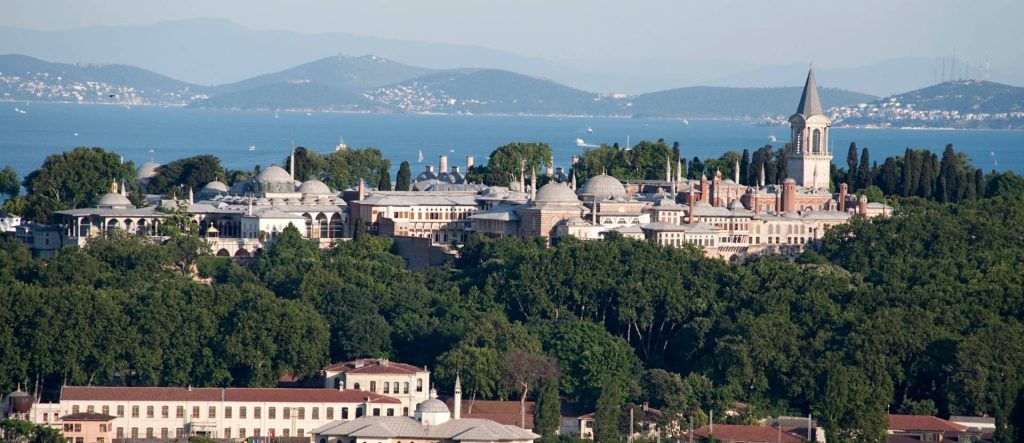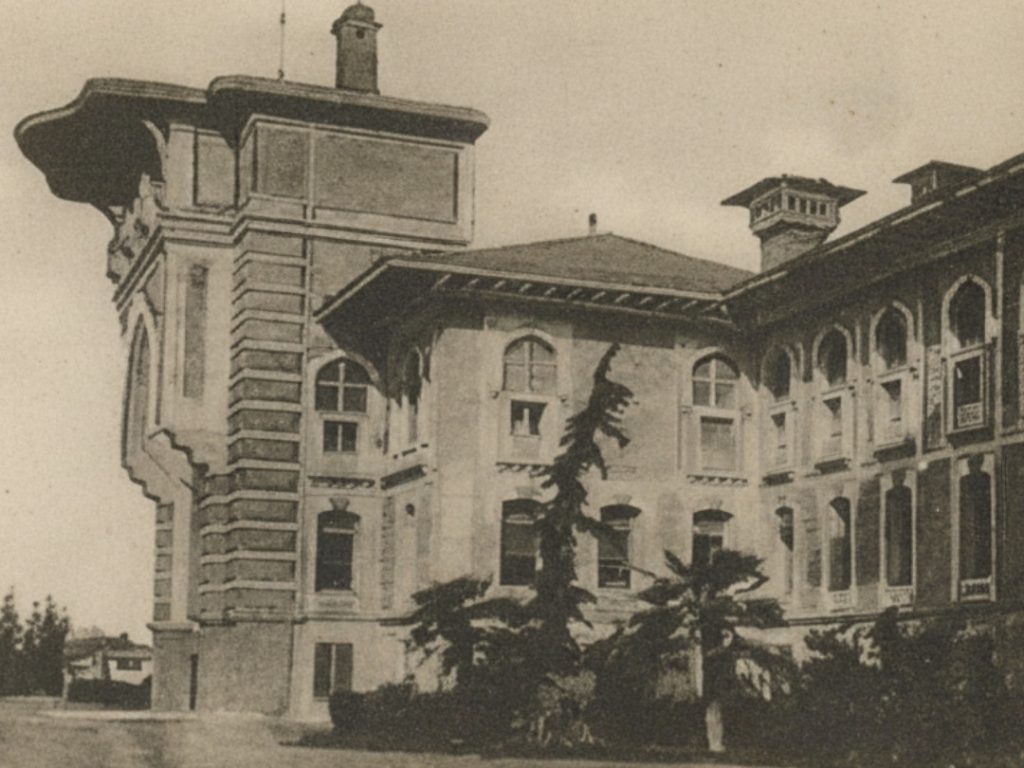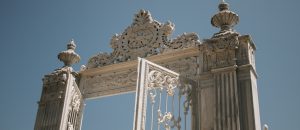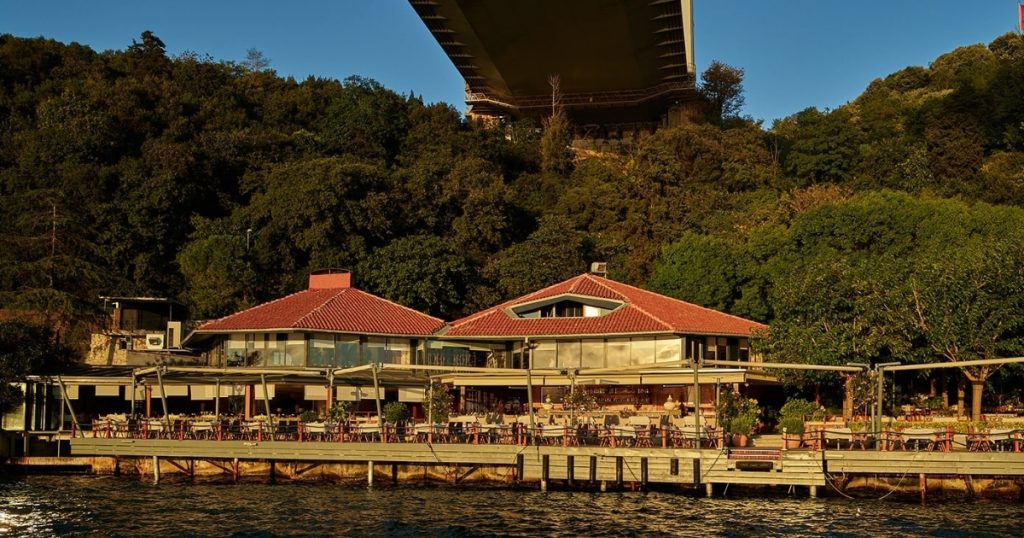The construction of Dolmabahçe Palace stands as the most tangible and audacious step in Sultan Abdülmecid’s vision of Westernization; however, it was a step taken at a heavy economic price that would shape the empire’s future. Sultan Abdülmecid saw this palace not merely as a personal comfort or an alternative to the aging Topkapı Palace, but as a necessity to bestow a modern, European identity upon the Ottoman State, which was being reshaped by the Tanzimat reforms. This article will explore the political reasons behind Sultan Abdülmecid‘s grand dream and how and how the cost of Dolmabahçe Palace, financed by the first foreign loans in the shadow of the Crimean War, plunged the empire into a spiral of debt.
Why Topkapı Palace Was No Longer Sufficient
By the 19th century, Topkapı Palace, which had been home to the empire for nearly four hundred years, was failing to capture the spirit of the times, both functionally and symbolically. As an example of medieval fortress-palace architecture, Topkapı’s disconnected pavilions and narrow spaces were unsuitable for hosting foreign diplomats accustomed to the ballrooms, grand reception halls, and integrated structures of European palaces. The palace lacked modern comforts such as central heating, lighting, and expansive ceremonial areas required by a modern state.

However, the inadequacy was not just physical. The introverted and labyrinthine structure of Topkapı symbolized an administrative approach that belonged to the past. Sultan Abdülmecid needed a new stage to reflect the reformist and outward-looking state image he declared with the Tanzimat Edict. This stage had to be a showcase that could display the empire’s power and modernity to the world, capable of competing with Versailles or Buckingham. Dolmabahçe was the product of this very need.
The Archives Await
The story you’ve just read is a single thread in a rich historical tapestry. The Dolmabahçe Journal holds countless other narratives of art, power, and transformation waiting to be discovered.
READ MORE FROM THE JOURNAL →
A Vision of a Modern Empire
The construction of Dolmabahçe Palace was the result of a profound, strategic vision far beyond a quest for comfort. For Sultan Abdülmecid, this palace was an architectural declaration that the Ottoman Empire was an equal and respected member of the European family of nations. Building the palace in Western styles was a diplomatic language; it said, “We are a modern state like you, we can play by your rules, and we share the same aesthetic tastes.” It was a public relations project symbolizing the rebirth and self-confidence of an empire often dismissed as the “Sick Man of Europe.”
The palace’s location at the most visible point of the Bosphorus was part of this vision. Every foreign guest arriving by sea would first encounter this magnificent new face of the empire. The diplomatic messages carried by the palace’s architecture formed the basis of this strategy. Sultan Abdülmecid wanted to use architecture as a manifesto of power and modernity, carving the permanence of his reforms into stone.
See the Sultan’s Vision Realized
Sultan Abdülmecid’s vision was not confined to blueprints. It was realized in every hall, every crystal, and every gilded ceiling. Explore the architectural masterpiece that was designed to change the world’s perception of an empire.
EXPLORE THE GRAND DESIGN →
Financing the Dream: The Crimean War and First Foreign Debts
The price of Sultan Abdülmecid’s grand dream was far more than the imperial treasury could bear. The palace is estimated to have cost around five million Ottoman gold liras, a figure that corresponded to a significant portion of the state’s budget at the time. The financing of its construction coincided with one of the empire’s most challenging periods: the Crimean War (1853-1856). The immense expenses of the war had depleted the treasury, forcing the state to resort to foreign borrowing for the first time in its history.
The first foreign loan, obtained from Britain in 1854, was primarily intended to cover war expenses. However, this new financial resource also provided the means to complete a massive project like Dolmabahçe. The palace’s construction was largely financed by these borrowed funds and domestic debt instruments called “emisyon-ı kaime.” Therefore, in the mortar of Dolmabahçe’s glittering walls lie the traces of the first debts that would jeopardize the empire’s future economic independence.
The Political and Economic Costs
The enormous cost of Dolmabahçe Palace drew criticism even before its construction was complete. Intellectuals of the era, such as Namık Kemal, viewed such a large expenditure as “wasteful” at a time when the populace was living in poverty. While the palace represented the modern face of the empire on one hand, it also became a symbol of the economic gulf between the people and the court.

Most significantly, the spending policy that began with Dolmabahçe and continued with subsequent palaces trapped the Ottomans in a debt spiral. The ever-increasing debts and their interest payments mortgaged the state’s revenues, ultimately leading to the loss of economic sovereignty with the establishment of the Düyun-u Umumiye (Ottoman Public Debt Administration) in 1881. From this perspective, Sultan Abdülmecid’s dream left subsequent generations with both a magnificent heritage and a heavy burden of debt.
A Legacy of Splendor and Debt
In conclusion, Sultan Abdülmecid built Dolmabahçe Palace as a symbol of a modern and Western vision against an outdated order. His aim was to restore the Ottoman Empire’s prestige on the international stage and declare its reformist identity to the world. However, the price of this brilliant dream was paid with the first foreign loans taken amidst the financial crisis created by the Crimean War, a step that pulled the empire into a debt quagmire that would last for decades. With this dilemma, Dolmabahçe Palace stands as a monumental document of Sultan Abdülmecid’s reformist spirit and his tragic economic shortsightedness.
Witness History’s Grand Stage
The stories are etched into these walls, history is embedded in the marble, and the splendor awaits your presence. Move from the screen to the stage. Step into the world you have just read about and experience the palace for yourself.
PLAN YOUR VISIT →


















